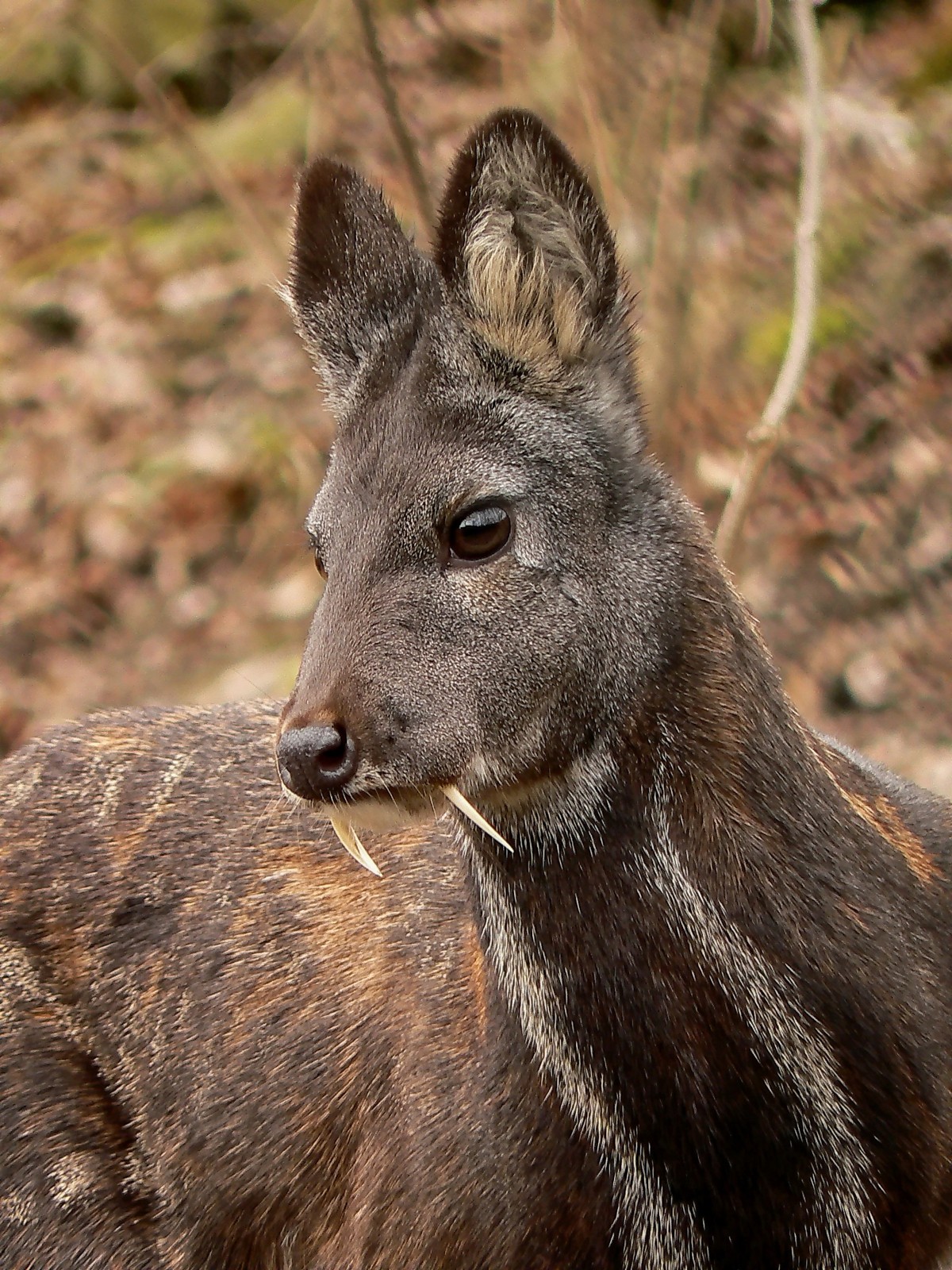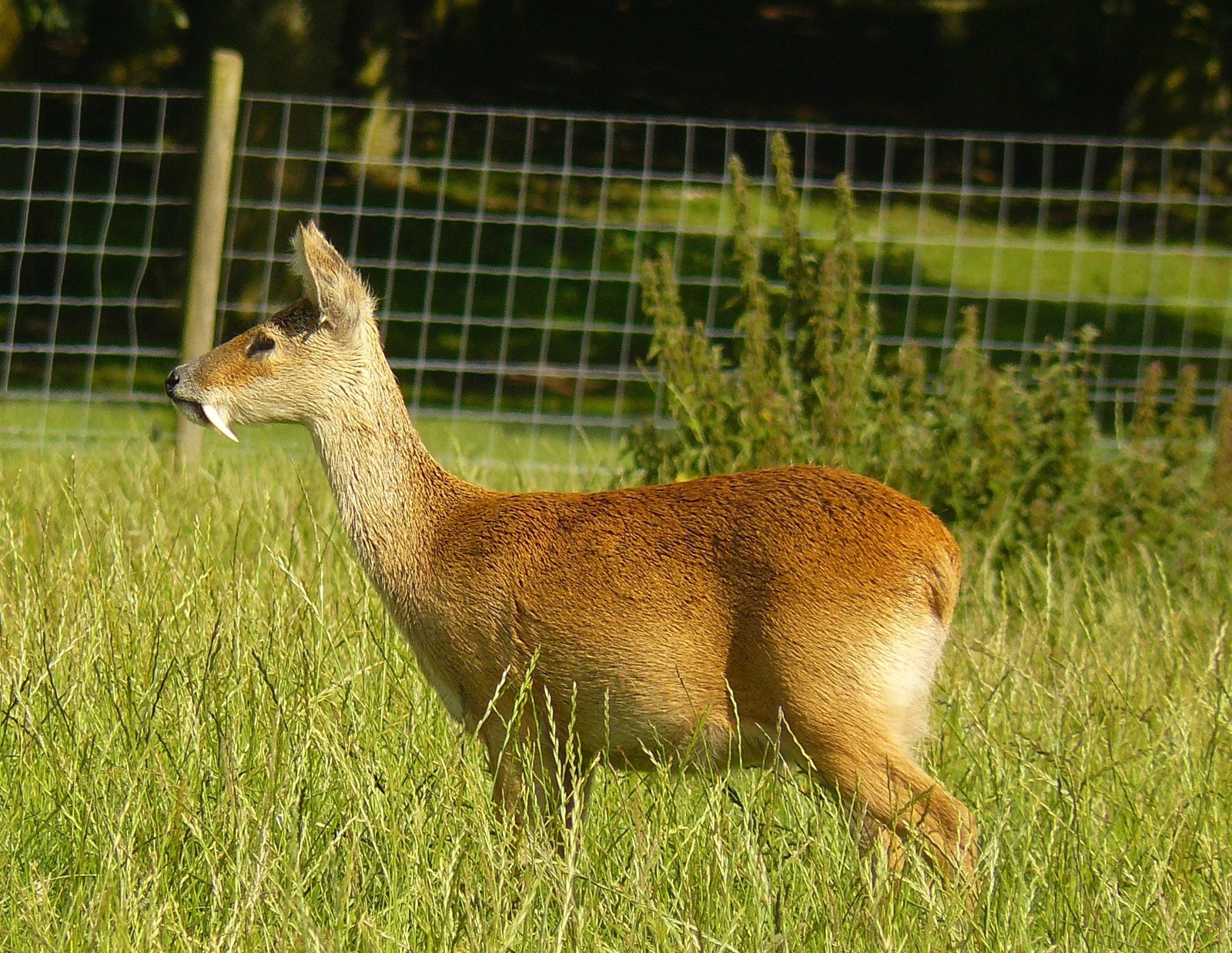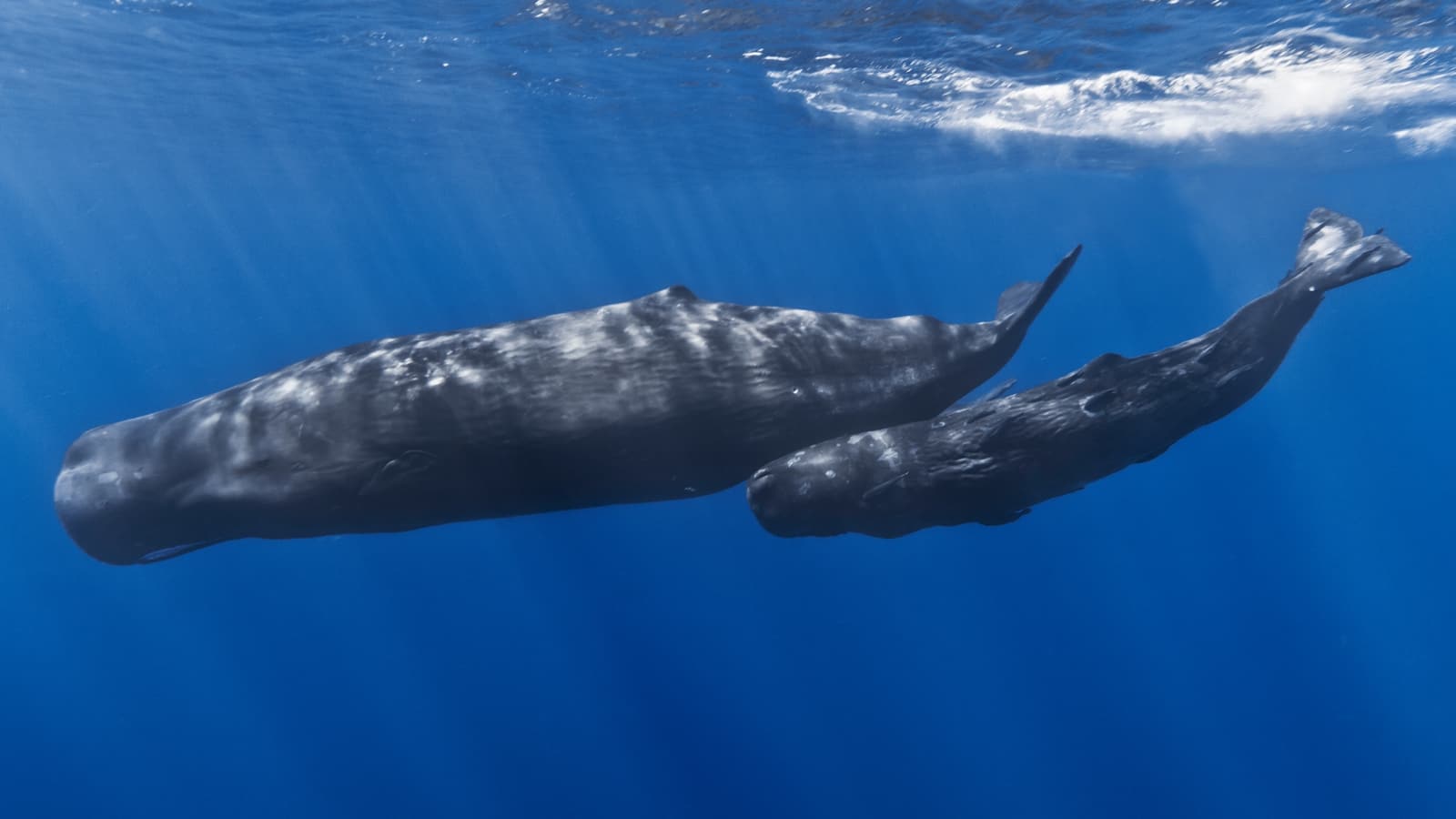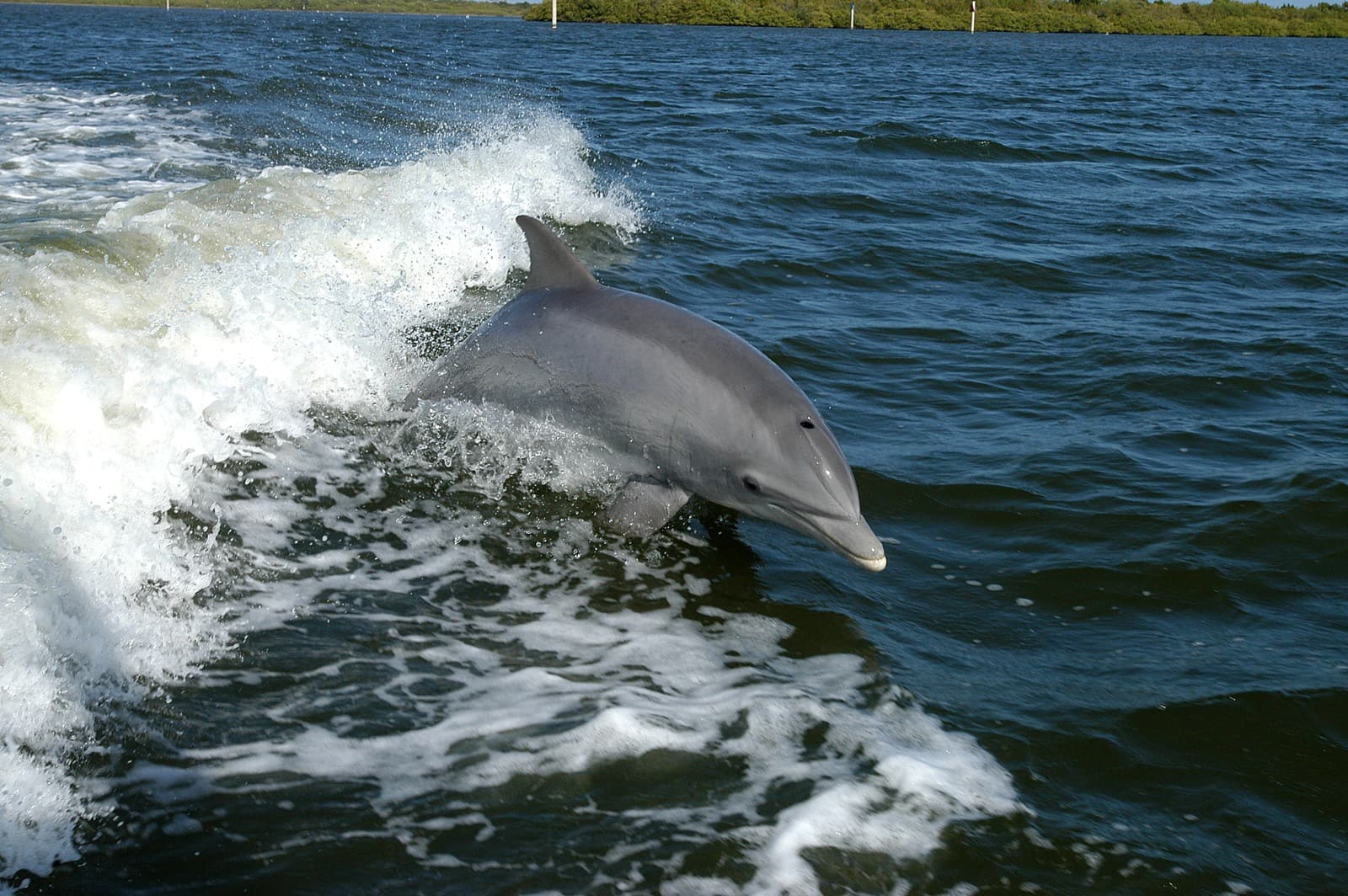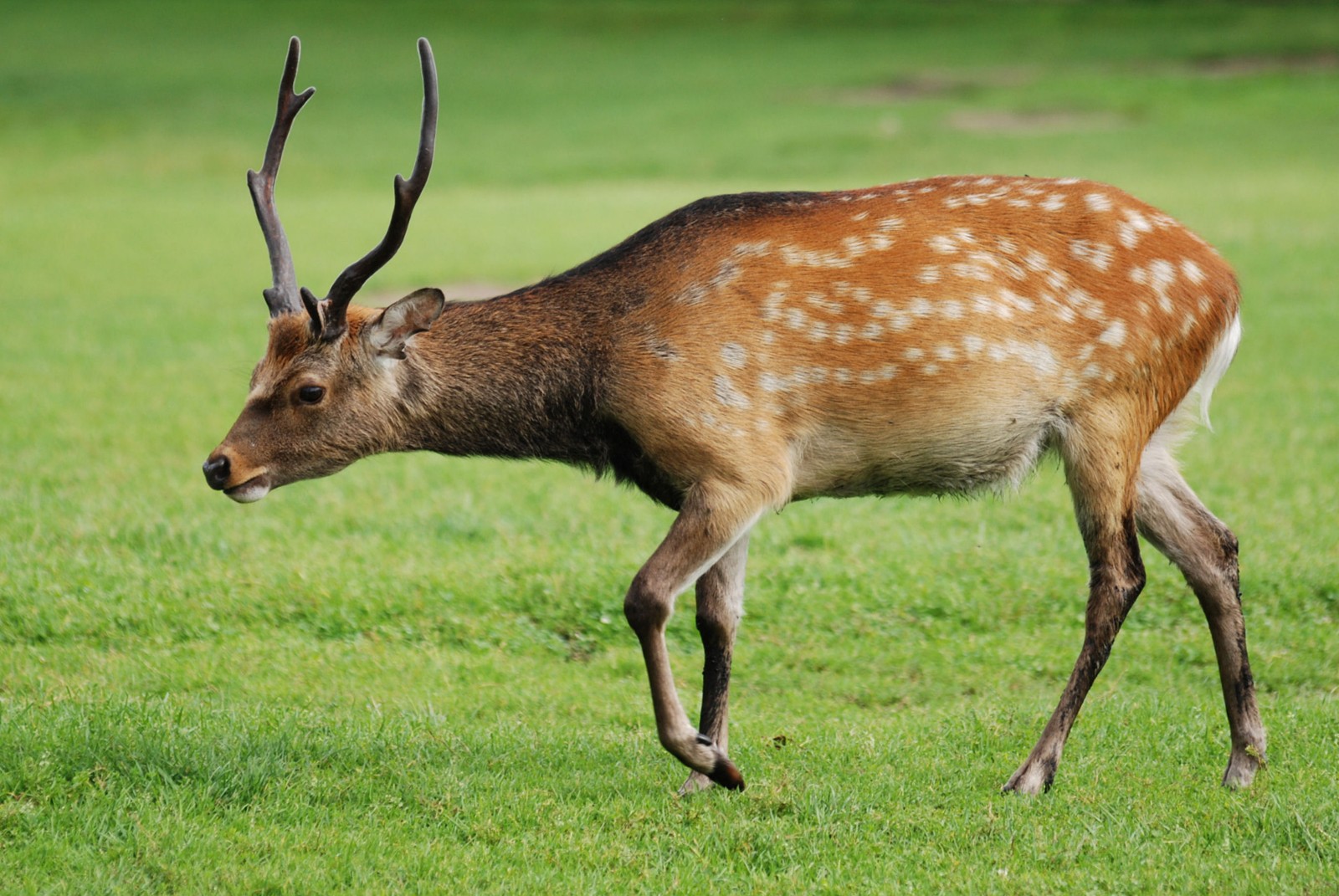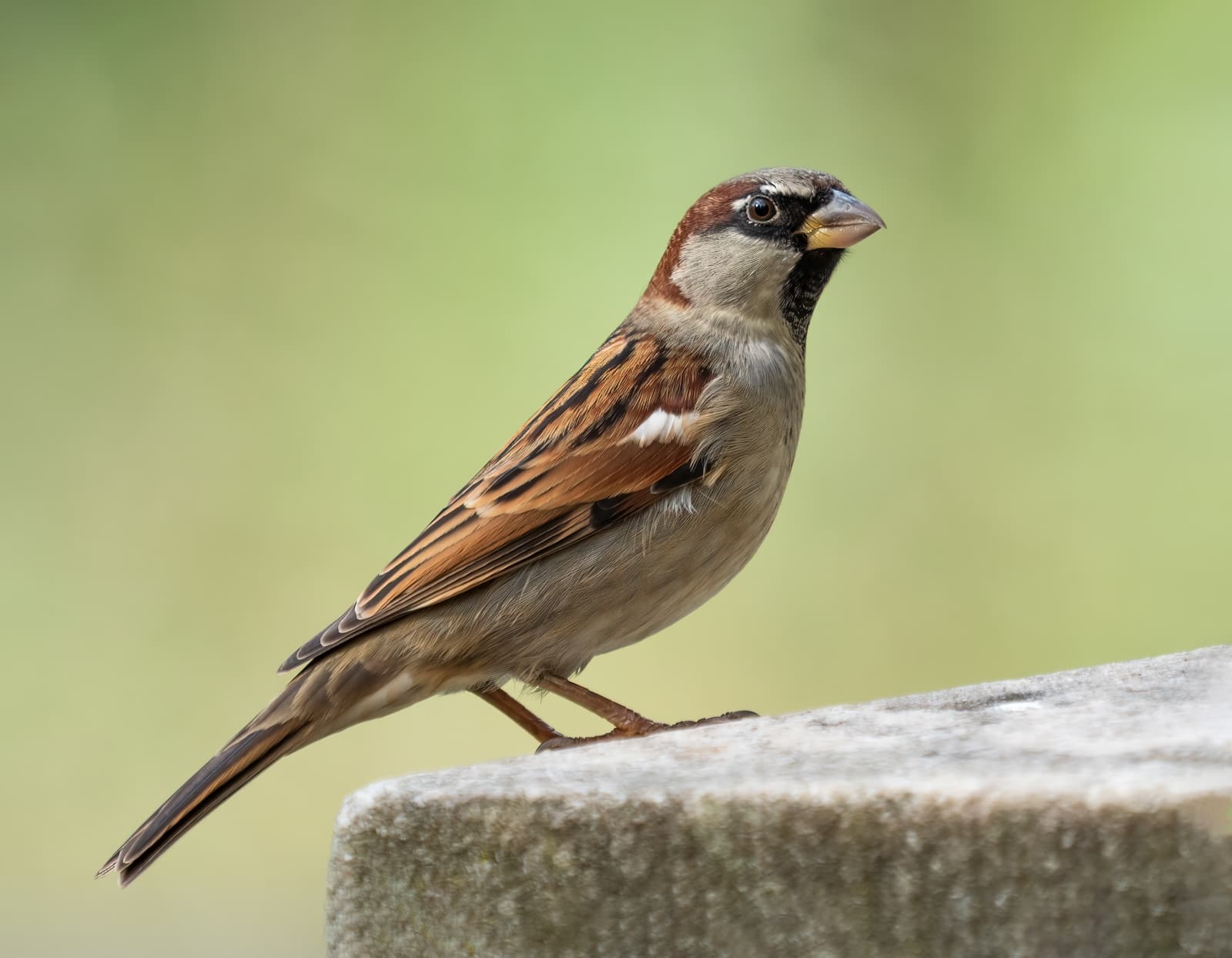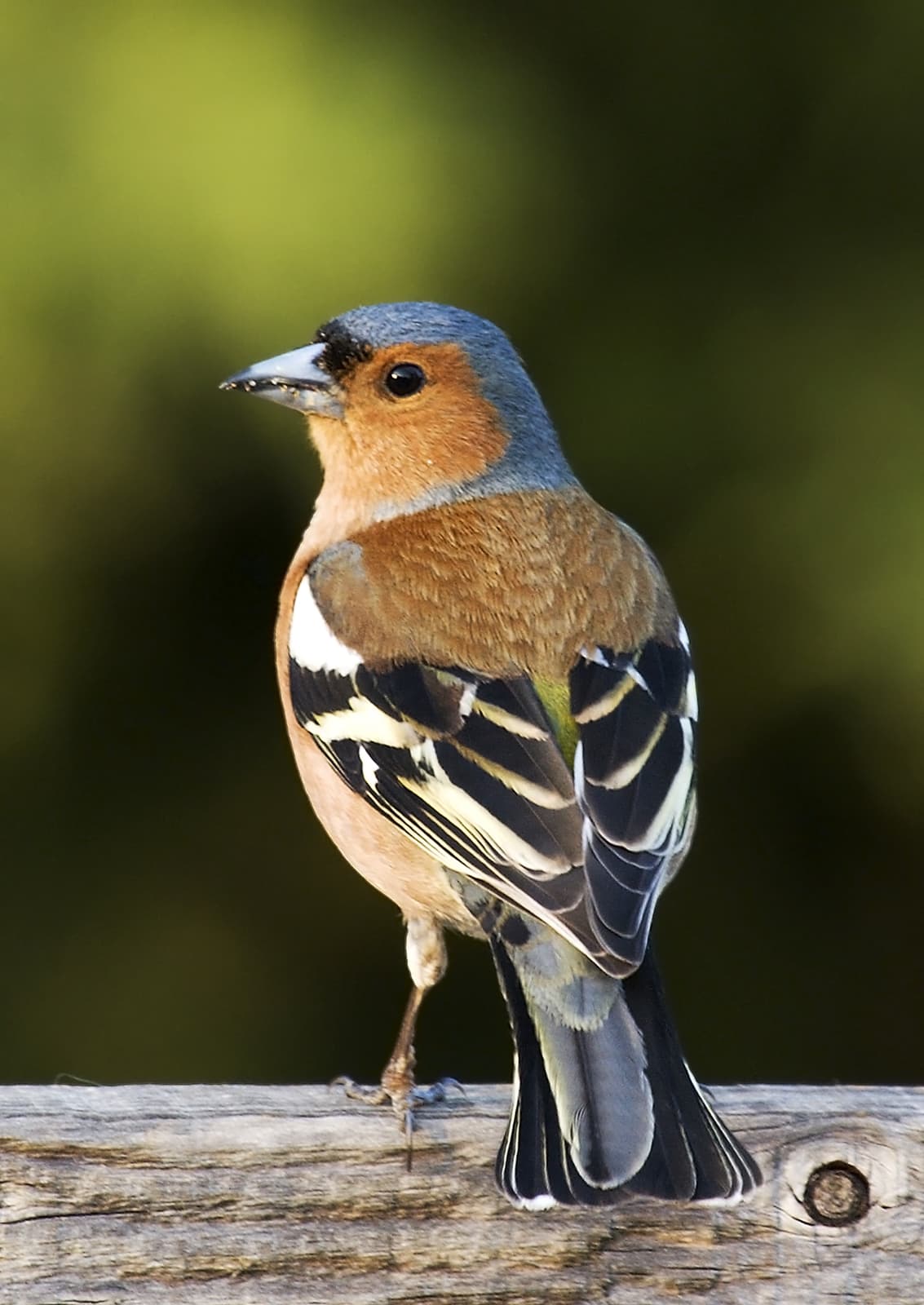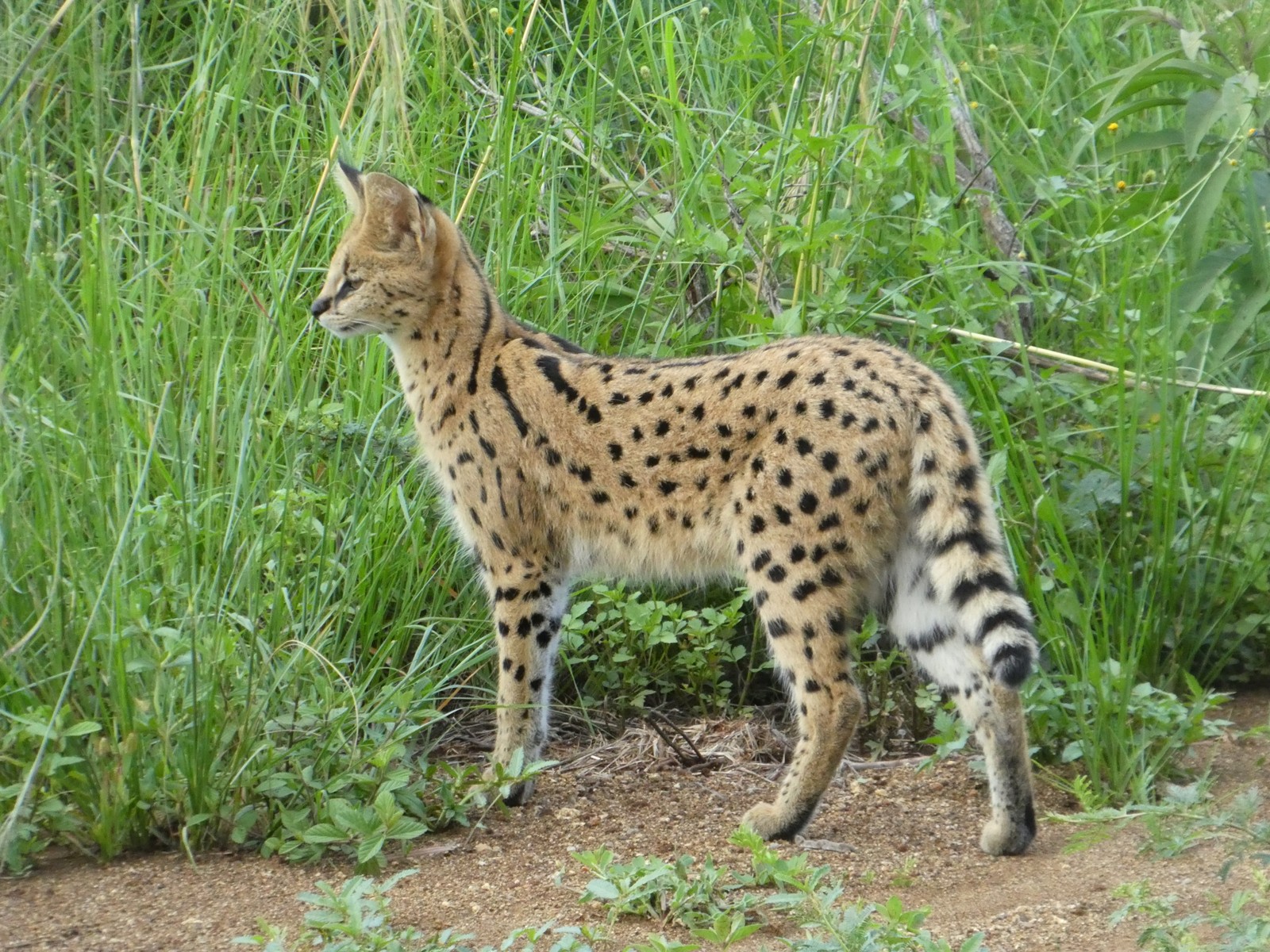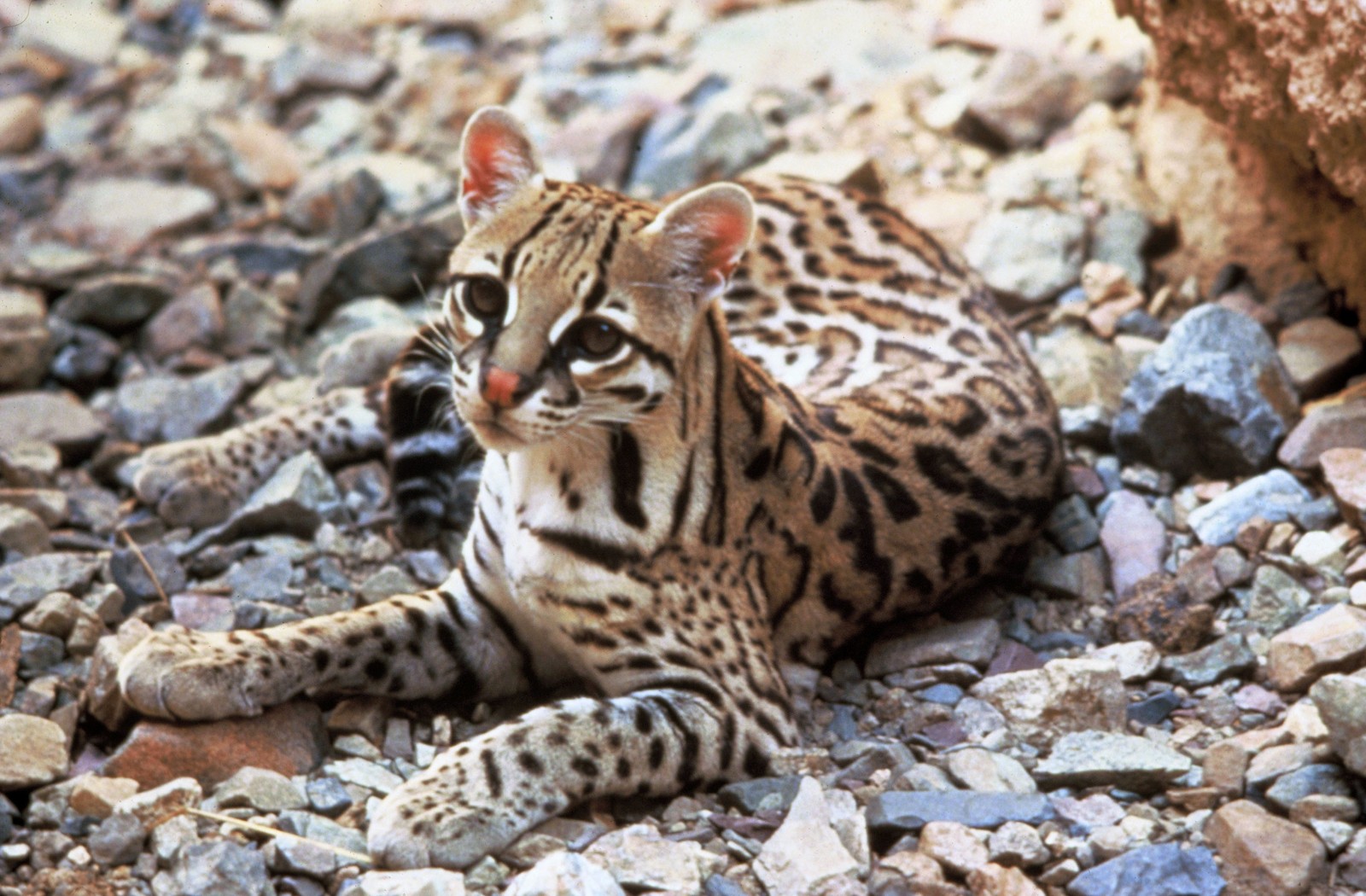Galapagos Tortoise vs Aldabra Tortoise: A Complete Comparison
The Galapagos Tortoise and Aldabra Tortoise represent nature’s most impressive living testaments to island evolution, sharing the distinction as the world’s largest tortoises. While the Galapagos Tortoise can reach weights up to 919 pounds (417 kg), the Aldabra Tortoise typically maxes out at 793 pounds (360 kg), making them remarkable giants of their respective archipelagos.
These ancient reptiles evolved in isolation on different ocean islands, developing distinct characteristics while maintaining surprisingly similar lifestyles. Both species can live well beyond 100 years, with the oldest documented specimens reaching approximately 150 years, though unverified claims suggest even greater longevity.
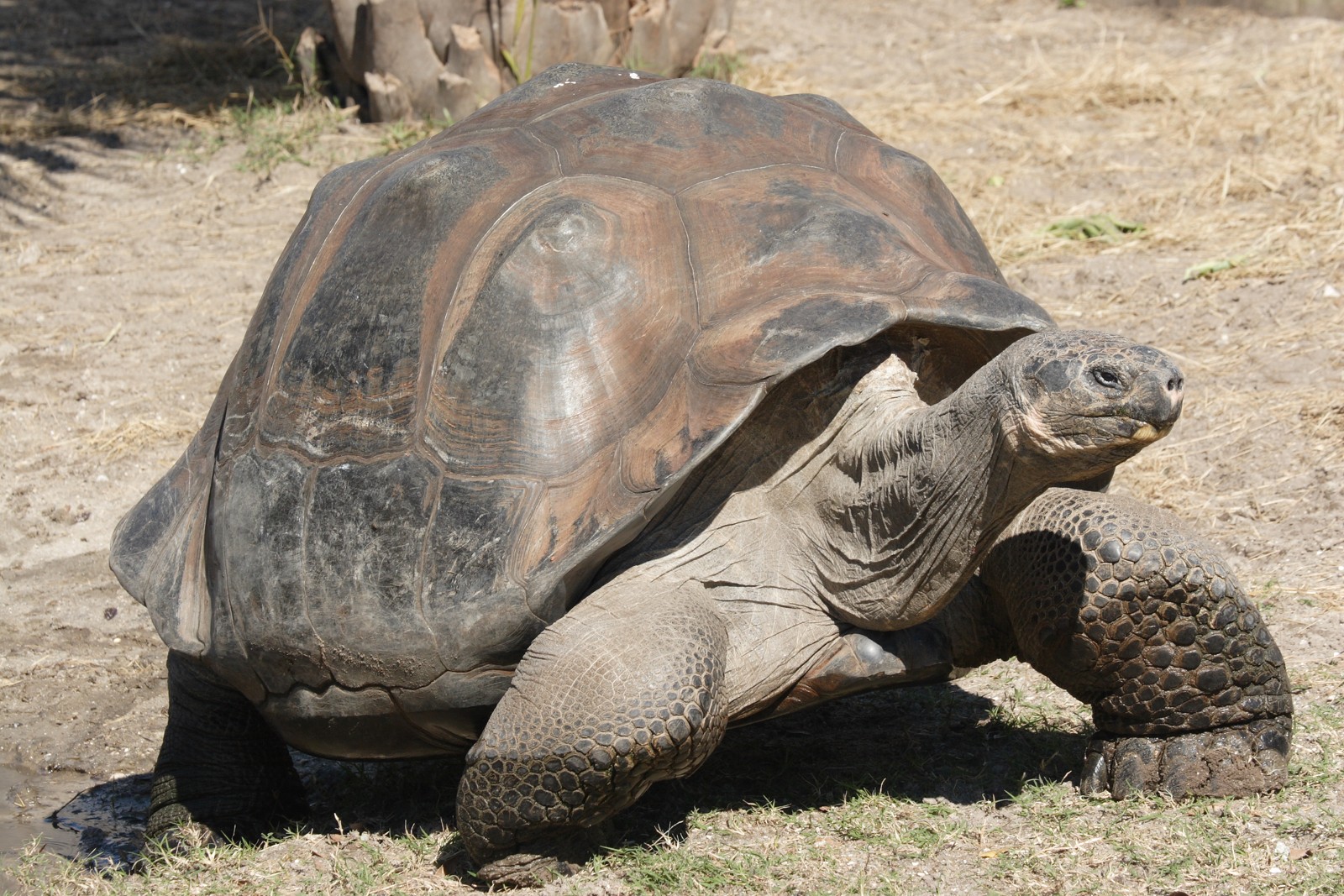
© Mfield, Matthew Field, http://www.photography.mattfield.com / CC BY-SA 3.0
The Galapagos Tortoise exhibits the classic high-domed carapace characteristic of island giants, with variations in shell shape depending on the specific island of origin. This remarkable adaptation allows for extended neck reach to access higher vegetation.
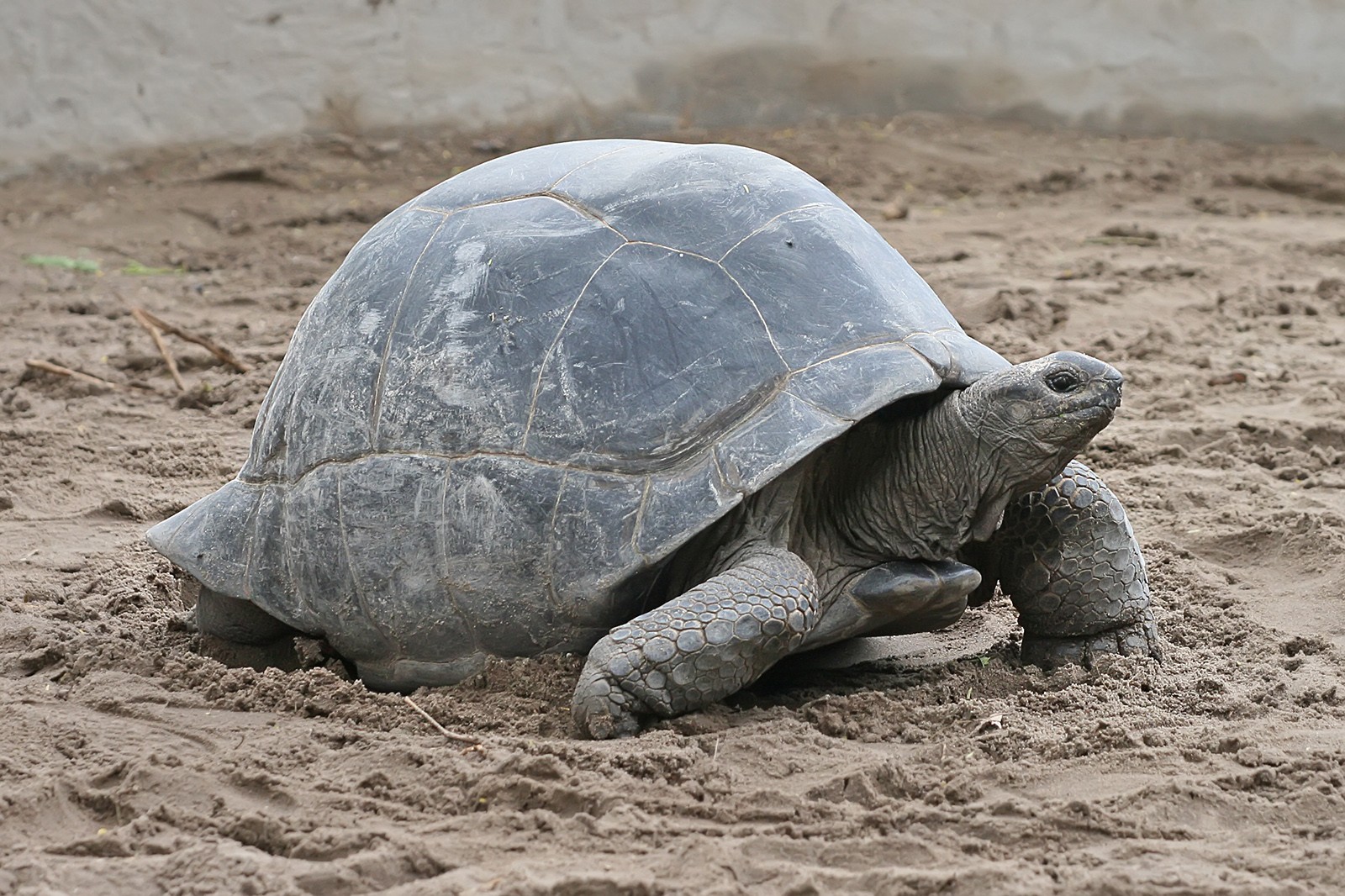
© Muhammad Mahdi Karim / GFDL 1.2
The Aldabra Tortoise displays a more uniformly domed shell structure, with distinctive gray coloring and pronounced growth rings. Their powerful legs and thick scales are adaptations to their coral island habitat.
Key Differences: Galapagos Tortoise vs Aldabra Tortoise
| Feature | Galapagos Tortoise | Aldabra Tortoise |
|---|---|---|
| Maximum Size | Up to 4.9 ft (1.5 m) | Up to 4.3 ft (1.3 m) |
| Weight Range | 475-919 lbs (215-417 kg) | 350-793 lbs (159-360 kg) |
| Shell Color | Dark brown to black | Gray to dark gray |
| Native Habitat | Volcanic islands | Coral atoll |
| Population Status | ~15,000 wild | ~100,000 wild |
| Shell Shape | Variable (domed or saddleback) | Consistently domed |
Habitat and Distribution
The Galapagos Tortoise inhabits various ecological zones across the Galapagos archipelago, from arid lowlands to humid highlands. These volcanic islands offer diverse vegetation types, leading to distinct shell adaptations among different populations. In contrast, the Aldabra Tortoise thrives exclusively on the coral atoll of Aldabra in the Seychelles, navigating relatively uniform terrain dominated by low-growing vegetation and scrubland.
Behavioral Differences
While both species are herbivorous, their feeding strategies differ notably. Galapagos Tortoises undertake seasonal migrations between lowlands and highlands, following food availability. Aldabra Tortoises remain more localized, adapting to seasonal changes within their coral atoll habitat. Both species can go extended periods without water, though Galapagos Tortoises have developed more sophisticated water conservation mechanisms due to their more arid environment.
Conservation Status and Future Prospects
Both species face unique conservation challenges. The Galapagos Tortoise population, while stable, remains far below historical numbers, with some subspecies extinct and others critically endangered. The Aldabra Tortoise represents a rare conservation success story, with numbers rebounding significantly after near-extinction in the 1800s. Current populations are stable, though climate change poses new threats to both species’ island habitats.
Who Would Win in a Confrontation?
While neither species is naturally aggressive, the Galapagos Tortoise would likely dominate in a theoretical encounter due to its larger average size and greater mass. However, such confrontations would never occur naturally as these species evolved on islands thousands of miles apart. Both are peaceful herbivores that rarely engage in aggressive behavior beyond occasional male-to-male competition during breeding season.
Longevity and Growth
Both species exhibit remarkable longevity, with documented lifespans exceeding 150 years. Growth rates differ slightly, with Aldabra Tortoises reaching maturity slightly faster (20-25 years) compared to Galapagos Tortoises (20-30 years). Both species continue growing slowly throughout their lives, though growth rates decrease significantly after reaching sexual maturity.
Through millions of years of isolation, these remarkable reptiles have evolved into the ultimate examples of island gigantism, each uniquely adapted to their respective environments while maintaining surprisingly similar lifestyles and biological characteristics.
